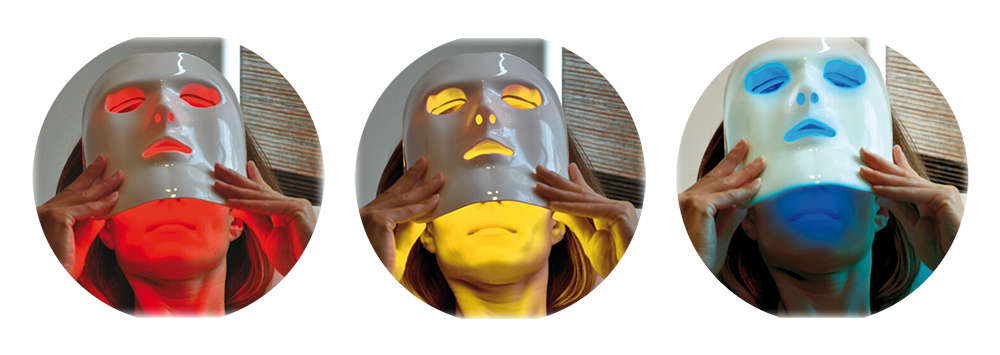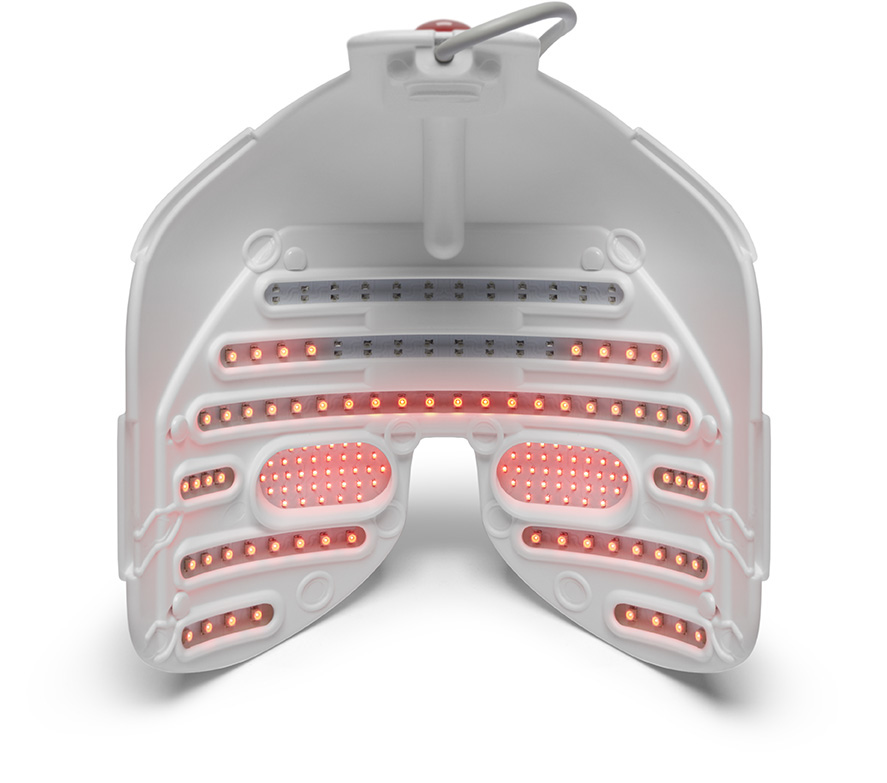

 by
Mamisoa Andriantafika
by
Mamisoa Andriantafika
IPL is an effective solution for relieving dry eye symptoms.
Chronic sensation of grittiness in the eyes.
Dry eye symptoms range from intermittent discomfort to significant visual impairment. The mildest forms start with sensations of foreign bodies like grit or crusts in the eyes, occasional burning, and a constant need to blink. Chronic dryness can progress to more severe forms that cause corneal damage. The cornea is the clear, transparent front part of the eye, located in front of the iris, which determines eye color. Initially, it may manifest as superficial keratitis or corneal inflammation, but it can progress to corneal ulceration or inflammatory tissue loss, which can further lead to corneal opacity or even perforation. This impairs vision, sometimes irreversibly if the scar tissue is located in the visual axis.
Most commonly, the symptomatic form is characterized by a sensation of grittiness, daily irritations, which paradoxically may be accompanied by paradoxical tearing, a reflex induced by the perception of dryness but unfortunately not very effective.
The tear film is composed of 2 layers. The outermost layer is lipid. Lipids form a superficial oily layer that helps stabilize the tear film and prevent its evaporation.
The layer in contact with the cornea is a mixed layer consisting of a majority of water as well as ions and proteins. Achieving a perfect balance depends on both local and central regulatory mechanisms, influenced by the brain. Any defects in tear composition can lead to dry eyes.
Any defects in tear composition can lead to dry eyes.
Tears consist of lipid, aqueous, and protein phases.
The aqueous phase is produced by the main lacrimal gland, a large gland located superotemporally in the eye. It functions automatically through a local reflex loop, as well as a central stimulation, for example, when "crying".
The lipid phase is produced by numerous accessory glands. The most active ones are the Meibomian glands located along the free edge of the upper and lower eyelids. There are also multiple accessory glands located on the conjunctiva.
A deficiency in the aqueous layer due to a production defect is the least common cause of dry eyes. The most common disease affecting the lacrimal gland is Sjogren's syndrome. It causes chronic inflammation of the gland, which eventually becomes fibrotic and fails to produce sufficient water.
A deficiency in the lipid layer due to a production defect is the most common cause of dry eyes. Dysfunction of the Meibomian glands is the most common sign leading to this production defect. It can have multiple causes: hormonal, such as frequently observed in diabetes; anatomical, with narrow glands that cannot effectively release the lipids; secondary to inflammation, for example, in infections caused by a Demodex parasite found in rosacea, a skin condition affecting the face, often associated with dry eyes.
For example, wearing daily contact lenses constantly triggers superficial inflammation that can impair the functioning of accessory glands in the conjunctiva or Meibomian glands. Decreased blink frequency during prolonged screen work can also reduce tear film renewal.
A deficiency in the lipid layer due to a production defect is the most common cause of dry eyes.
Any acute or chronic infection or inflammation of the ocular surface can lead to dry eyes.
Any acute or chronic infection or inflammation of the ocular surface can lead to dry eyes. For example, a simple acute viral conjunctivitis can cause dry eye symptoms. Similarly, poorly controlled diabetes or rosacea can cause the same symptoms.
The first-line therapeutic approach is to treat the underlying cause or primary contributing factor.
The second-line therapeutic approach is to alleviate symptoms when the first-line treatment is insufficient. This involves adding artificial tears, which can be selected based on the desired supplementation, ranging from the most liquid forms such as saline solution for rinsing debris from the ocular surface to more viscous forms that promote lubrication and restoration of tear film balance.
The third-line therapeutic approach is to try to restore or improve production deficits. This can be achieved through eyelid care, including a warm compress to liquefy the lipids in the glands followed by gentle massage to express them and reduce gland blockage. Dietary supplementation with essential fatty acids can also be taken to improve the composition of these lipids, facilitating their clearance and contributing to the formation of an effective lipid layer in the tear film.
IPL (Intense Pulsed Light) is well-known in dermatology for treating rosacea. The therapeutic effects are achieved through photothermolysis via exposure to intense, non-coherent light pulses (not a laser), with a wide spectrum of wavelengths ranging from 500 to 1200nm.
The mode of action is both thermal and anti-inflammatory.
IPL is combined with Low Light Level Therapy (LLLT), which stimulates cellular energy production by mitochondria.
The mode of action is both thermal and anti-inflammatory.

Clinical studies have shown that nearly 80% of patients with Meibomian gland dysfunction are satisfied after four sessions. Objectively, the OSDI score measures the severity of dry eyes on a scale of 4 (severe) to 1 (mild). Recent studies have shown that 70% of patients improve their score by one degree, and 30% improve by two or more degrees after just one session.
This IPL/LLLT combination reduces the dependence on artificial tears and the regular need for eyelid care.
In cases of dry eyes associated with Meibomian gland dysfunction due to Demodex parasite infestation, the use of a mask with blue wavelength helps to more effectively treat the proliferation of the parasite.
Before initiating treatment, a specific ophthalmological examination called Lacrydiag is performed to determine the parameters of dry eyes and assess the suitability of various therapeutic alternatives. It helps to differentiate evaporative dry eye syndrome from quantitative deficiency, among other factors.
IPL/LLLT treatment is not covered by health insurance. The price of a combined session is 150 euros.